At the age of 30, martyr To Vinh Dien (1924-1954) became a symbol of courage and patriotism, a shining example for generations of young people to follow.
 Grave of martyr To Vinh Dien at Dien Bien Phu Martyrs Cemetery.
Grave of martyr To Vinh Dien at Dien Bien Phu Martyrs Cemetery.
After 70 years since the day Hero To Vinh Dien sacrificed his blood and bones on the land of Dien Bien, we once again returned to Nong Truong commune, Trieu Son district to hear stories and meet his relatives. Calling him “brother” may no longer be appropriate, but this pronoun only aims to express the trust in the spirit of youth, daring to forget one’s youth and being ready to fight until the last breath.
...Back in time, it was 1946, To Vinh Dien joined the local militia, and in July 1949 he volunteered to join the army. In May 1953, our army established anti-aircraft units to prepare for a major battle, To Vinh Dien was assigned to be the Squad Leader of the 37mm anti-aircraft artillery unit of Company 827, Battalion 394, Regiment 367.
During the Dien Bien Phu campaign, under the orders of the Campaign Command, our troops manually pulled the artillery into the battlefield to prepare to destroy the stronghold group according to the motto "Fight fast, win fast". Based on the situation at that time, Commander-in-Chief Vo Nguyen Giap changed the motto "Fight steadily, advance steadily", and our troops pulled the artillery out again.
Pulling the artillery in was very difficult and arduous, completely by human power, some sections had to cross high mountains such as Pu Pha Song mountain, 1,150m high, with an incline of 60 to 70 degrees. Because the artillery towing road was within the enemy's firing range, there were continuous rains of bombs and bullets, so our artillery towing was only done at night. And pulling the artillery out was even more fierce and arduous. After 5 nights of pulling the artillery out to Chuoi slope - a high slope, narrow road and very dangerous curves. To Vinh Dien and comrade Ty volunteered to drive the artillery. Halfway, the winch broke, the artillery plunged down the slope, he still calmly held the winch, steering the artillery straight down the road. One of the four towing ropes broke again, the artillery rushed even faster, comrade Ty was thrown into the stream. Faced with that dangerous situation, To Vinh Dien shouted to his comrades "Rather sacrifice, determined to protect the artillery" and he let go of the steering wheel and rushed forward, using his body to block the artillery wheel. The cannon got stuck and leaned against the mountainside, thanks to which the unit managed to stop it. “Although his strength was exhausted, his lips moved in a whisper, enough for a younger brother like me to understand, “Is the cannon still there?” I said: Brother... brother...! The cannon is safe. Near death, the young man To Vinh Dien still only thought about keeping the cannon (according to the story of Colonel Tran Quoc Chan, former Platoon Leader of Platoon 8, who directly commanded the To Vinh Dien Battery).
The artillery was saved but he lay down on the legendary artillery pulling road, at 2:30 a.m. on February 1, 1954 (ie December 28, Quy Ty year).
To Vinh Chau (born in 1973) himself has heard that story many times: I am the nephew of Uncle To Vinh Dien. When he was alive, my father often talked about the days of the Dien Bien campaign. Every time he talked about Uncle Dien's sacrifice, my father could not hold back his tears. Although they were both in Dien Bien, my father did not witness his brother's funeral. His funeral was secretly held by his comrades in the deserted forest because the campaign had not yet begun, and the artillery-pulling roads had to be kept secret.
Although he did not meet his uncle, he felt even more proud through the stories told by everyone in his family. “In my family, besides Uncle To Vinh Dien, there is also Uncle To Vinh Mao and my father To Vinh Kien, who were both soldiers in Dien Bien. My grandfather’s name is To Vinh Uy and my eldest uncle, To Vinh Nghi, were also civilian laborers on the front line”. Each story about my grandfather, uncles, and paternal uncles is a golden page in the history of the family in particular and of the nation in general”.
Not a single stick of incense on the grave, not a single gunshot of farewell, but the story of young man To Vinh Dien is much more than a call to arms or a slogan. The example of To Vinh Dien's sacrifice to save the artillery was studied and followed by the entire front. Right in the unit, comrades and teammates followed his example to strive to complete the task of preparing for combat and to fight victoriously.
At the house of Mr. Nguyen Duy Van, 99 years old, in village 4, in the same commune. Mr. Van told us the story of the two times he and To Vinh Dien met in the trenches. “As people from the same village, when we met in Dien Bien, we were very happy. In that remote forest, even though we didn’t talk much, just seeing someone from the same hometown made us feel warm. When I heard that To Vinh Dien had died, I burst into tears, feeling sorry for him but also extremely proud. A person from my hometown, really brave.” During those years, Mr. Nguyen Duy Van was a soldier in Regiment 66, Division 304.
To Vinh Dien became a beautiful image and symbol in the resistance war against the French. Right at the front, comrade To Vinh Dien was posthumously awarded the First Class Military Exploit Medal. Two years after the liberation of Dien Bien, on May 7, 1956, comrade To Vinh Dien was posthumously awarded the title of Hero of the People's Armed Forces and became the first anti-aircraft artillery hero of our army to fall on the Dien Bien Phu front.
The first time coming to Dien Bien, although we were already familiar with the historical pages about Muong Phang Command Post, De Castries bunker, A1 hill, cemeteries... standing in the middle of Dien Bien's mountainous landscape, watching each film, looking at each photo in the Dien Bien Phu Historical Victory Museum, we somewhat understood the "56 days and nights, digging mountains, sleeping in tunnels, pouring rain, rice balls, blood mixed with mud, unwavering courage, unwavering will" of our army and people, all for a victory "Resounding in five continents, shaking the world". Looking at the iron bowl, water bottle and machete that were once associated with "brother" To Vinh Dien still carefully preserved, we were even more proud of the children of Thanh who left their blood and bones on the land at the border of the Fatherland.
Coming to Dien Bien Phu Martyrs’ Cemetery, where the remains of martyr To Vinh Dien and 643 of his comrades still lie in the beloved land of Dien Bien, we lit incense sticks on the graves and bowed before their souls. 70 years have passed, but the spirit of Dien Bien and the heroic examples are still there.
Article and photos: Kieu Huyen
Source


![[Photo] Looking back at the impressive moments of the Vietnamese rescue team in Myanmar](https://vstatic.vietnam.vn/vietnam/resource/IMAGE/2025/4/11/5623ca902a934e19b604c718265249d0)




![[Photo] "Beauties" participate in the parade rehearsal at Bien Hoa airport](https://vstatic.vietnam.vn/vietnam/resource/IMAGE/2025/4/11/155502af3384431e918de0e2e585d13a)
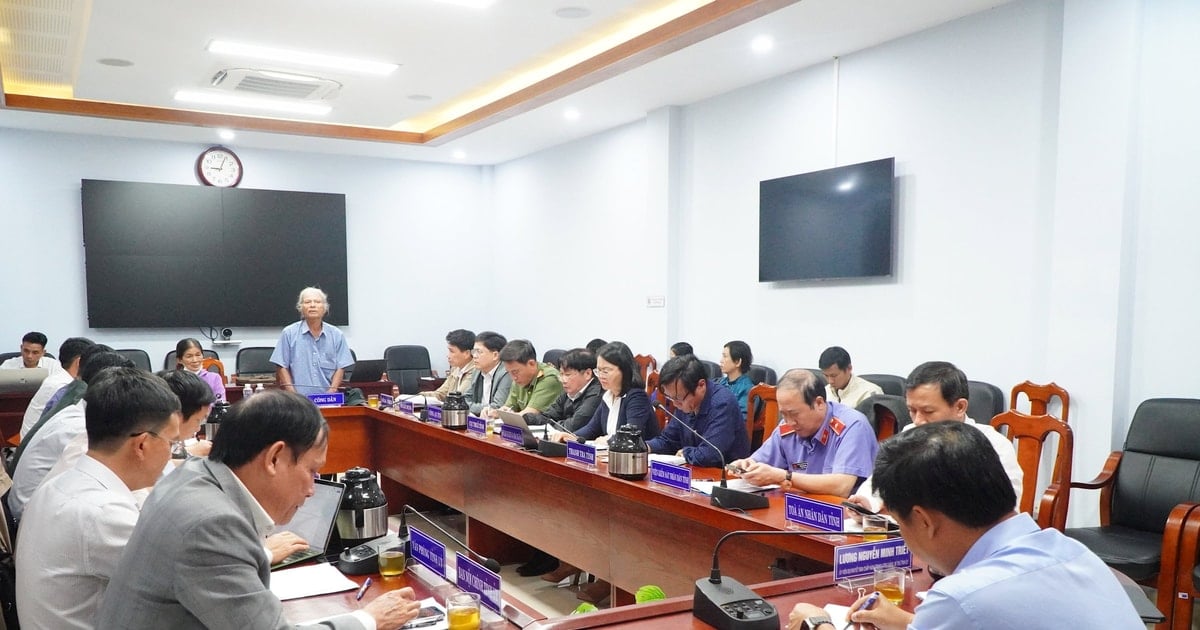

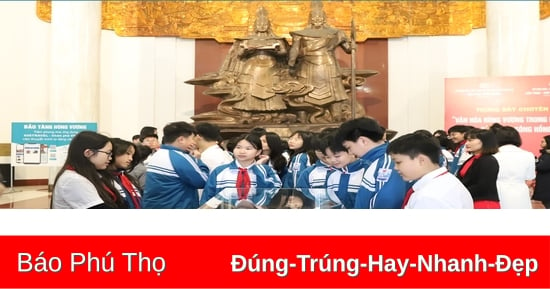
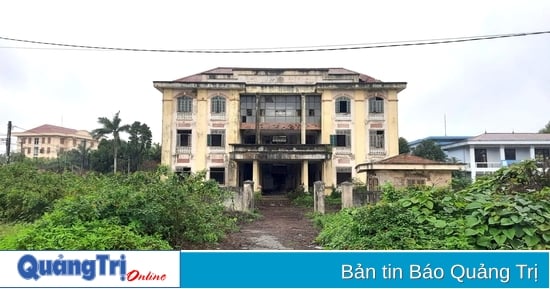
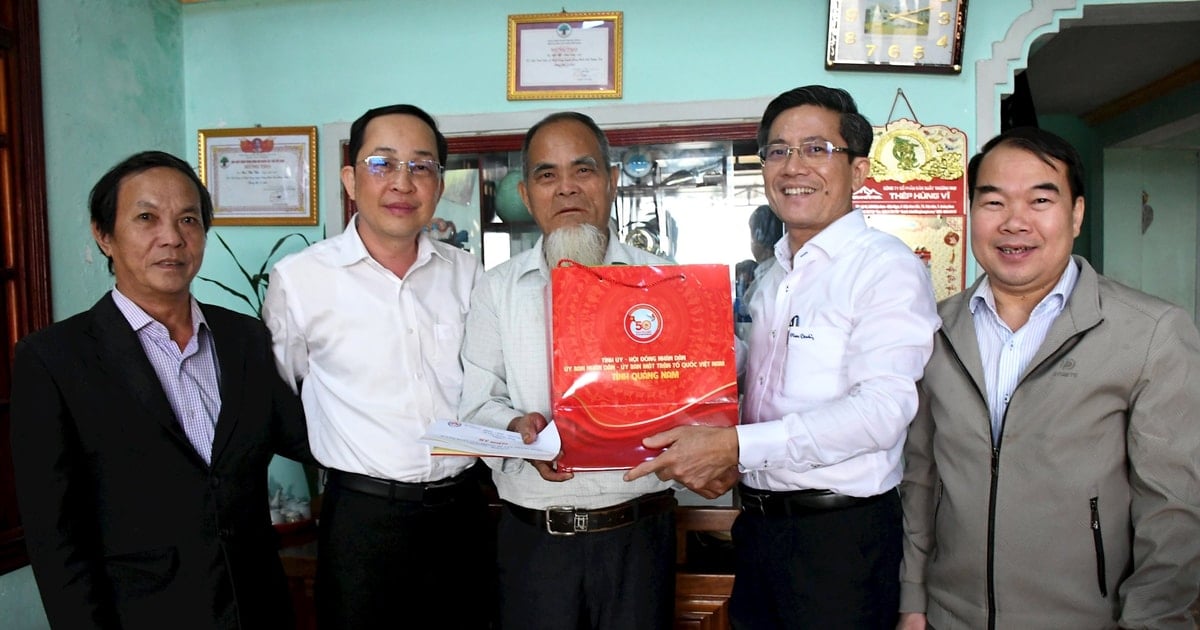
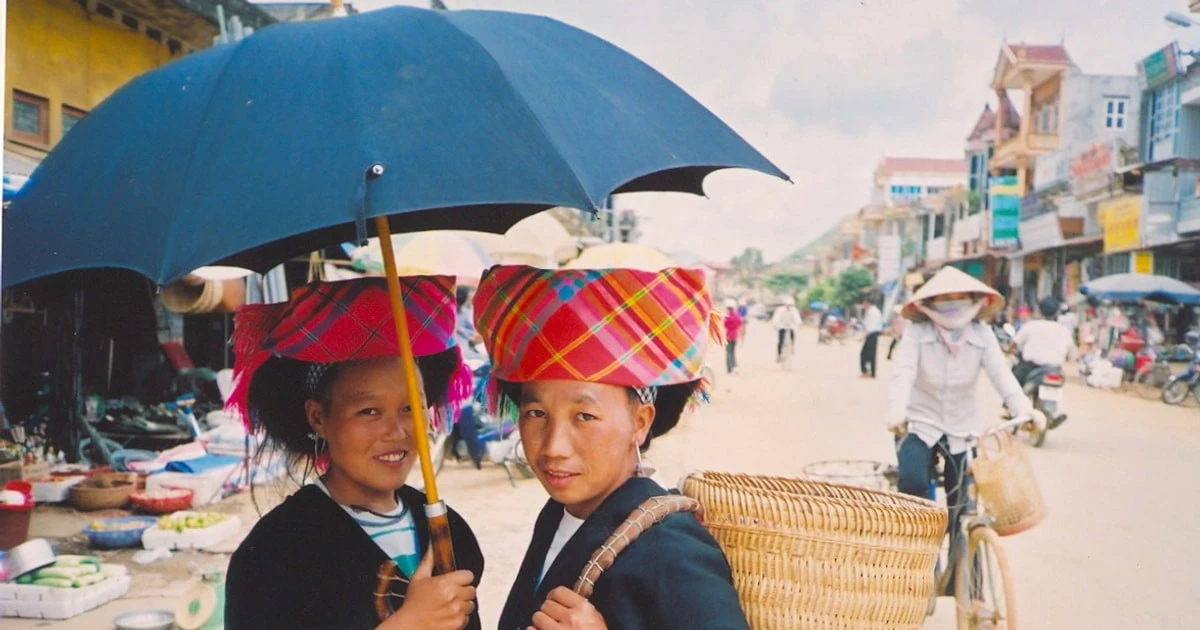

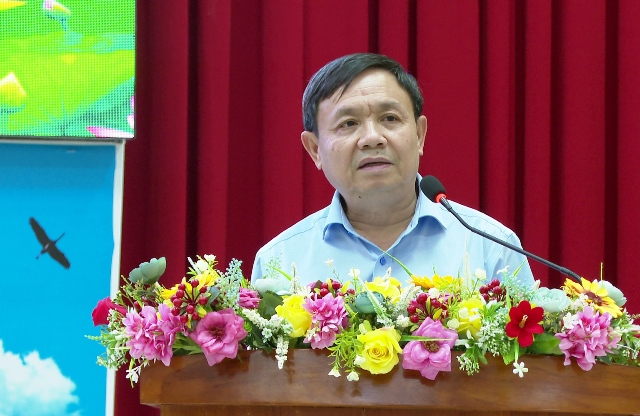

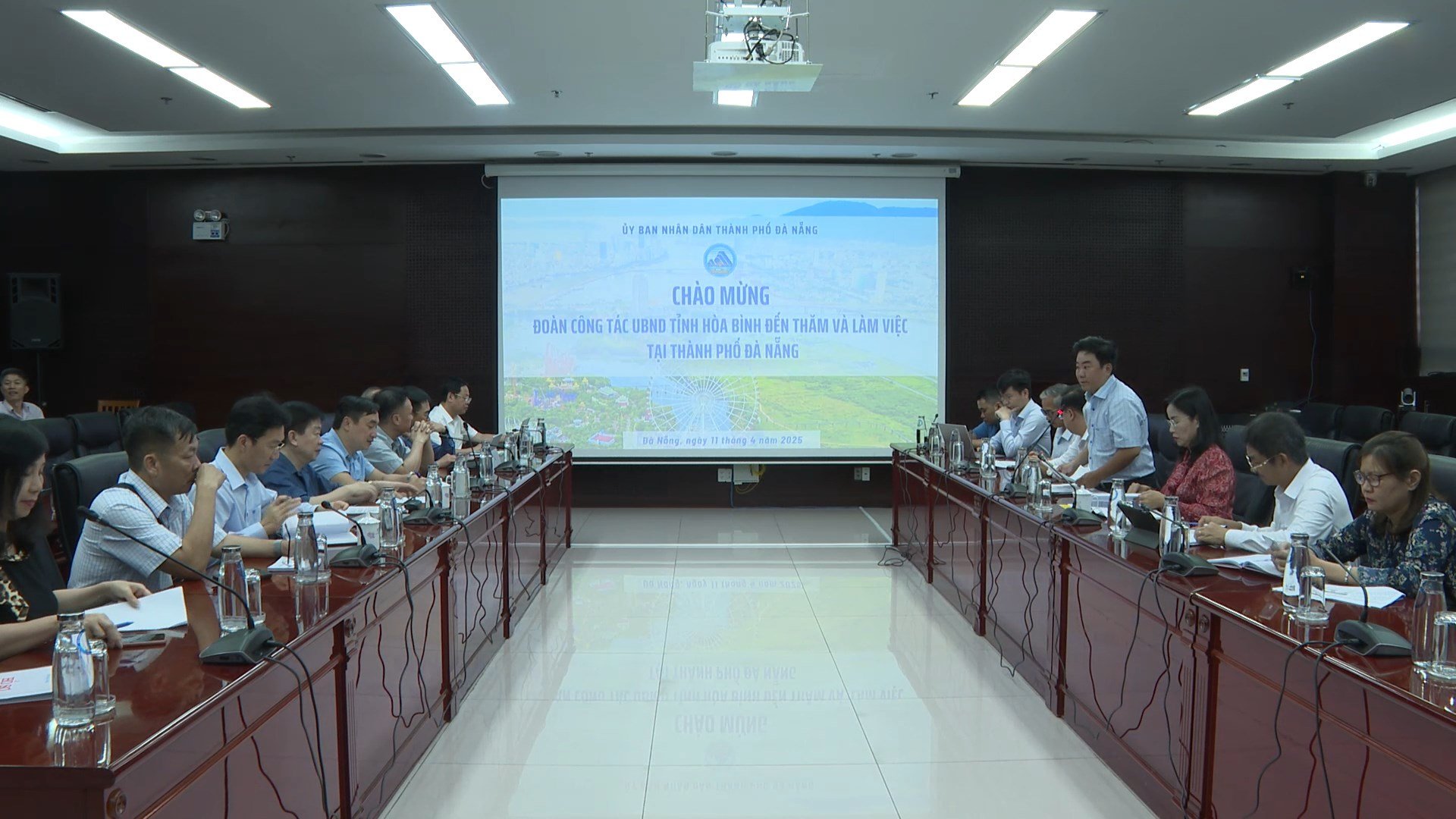

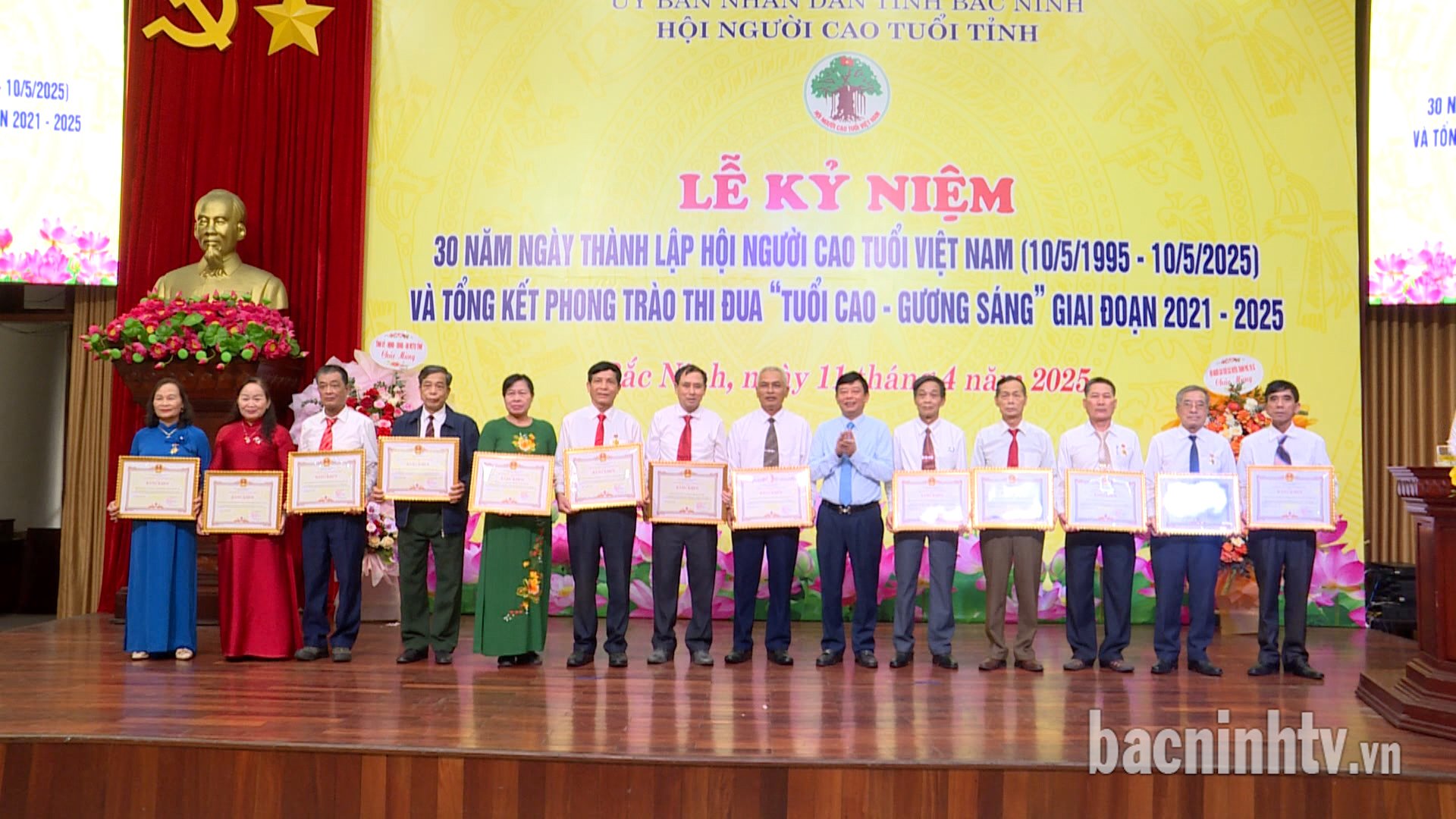
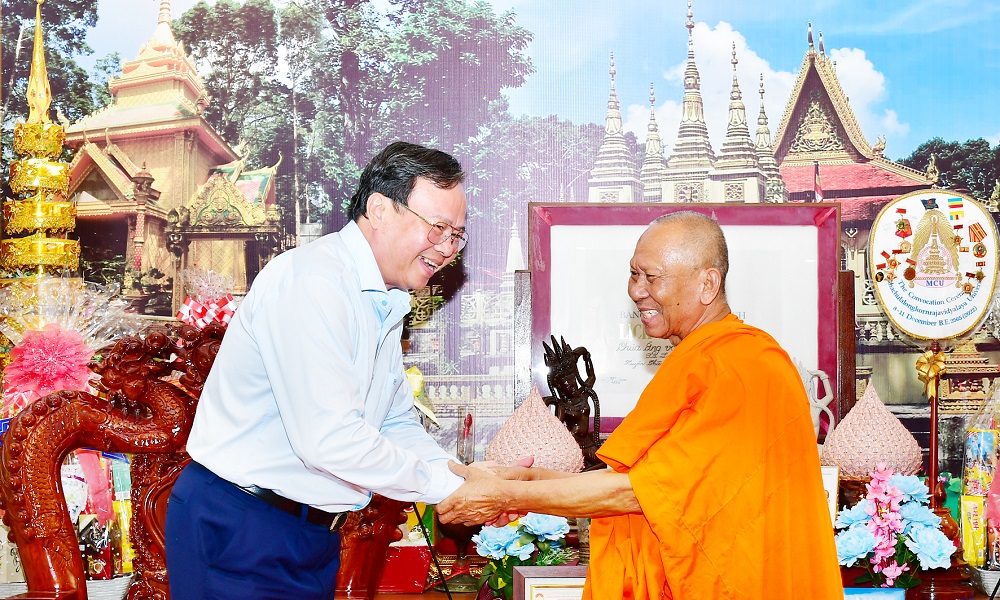



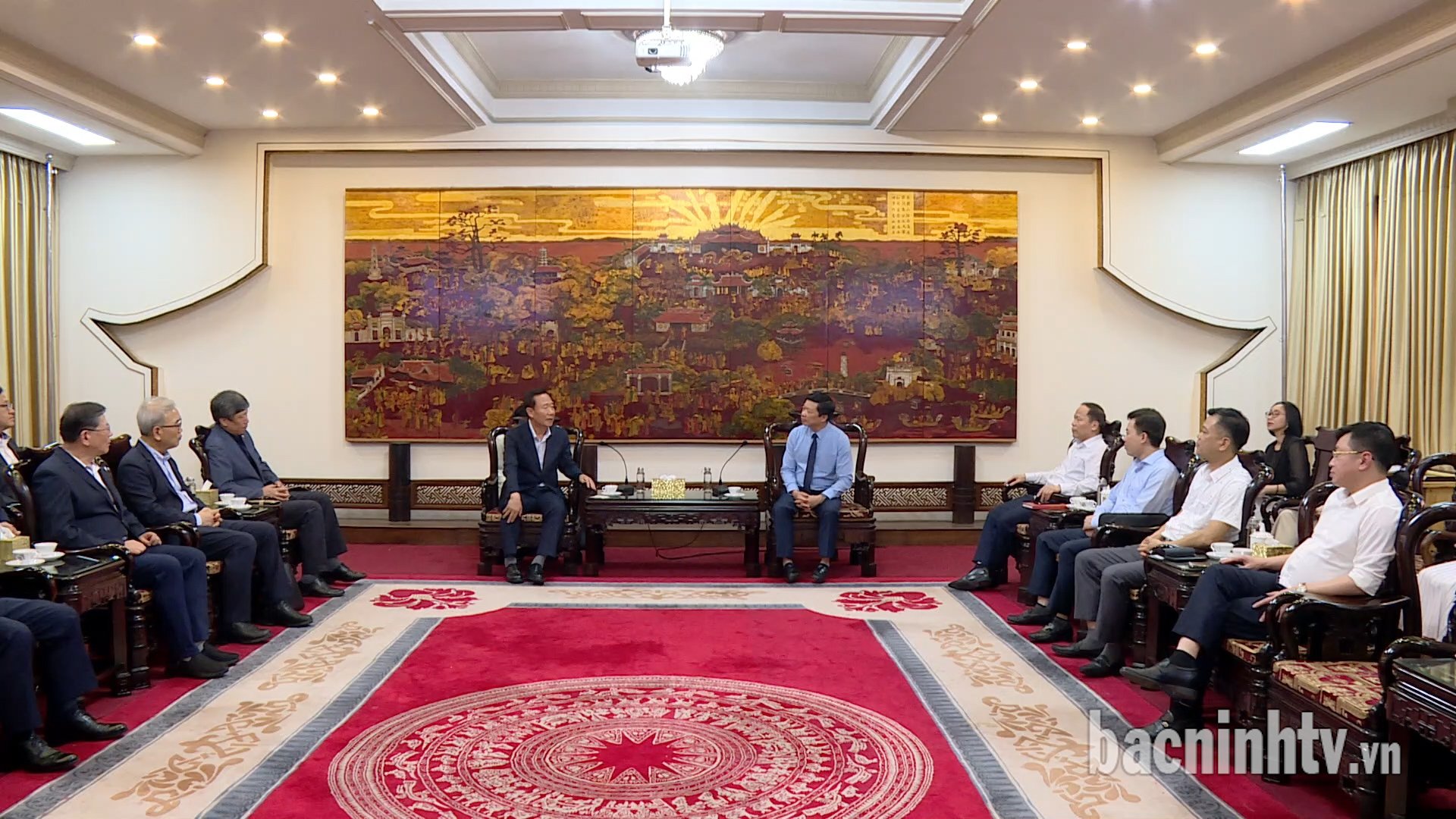

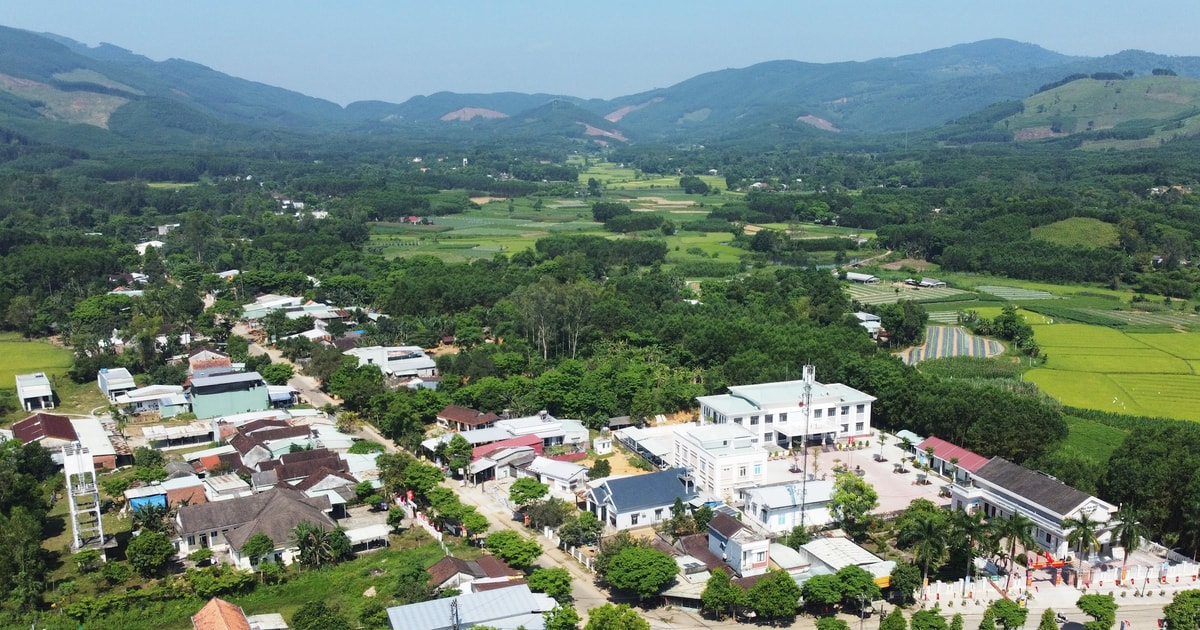
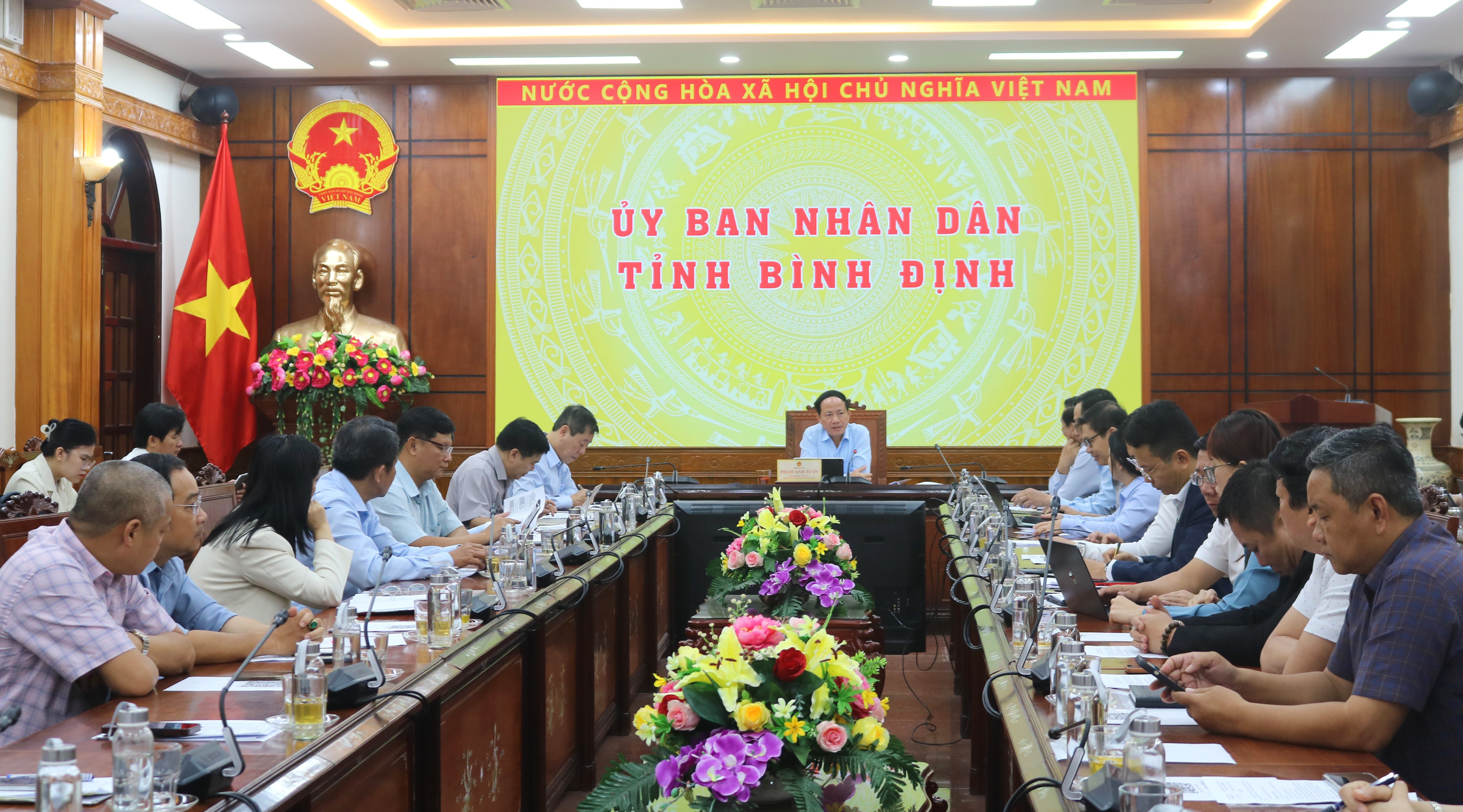
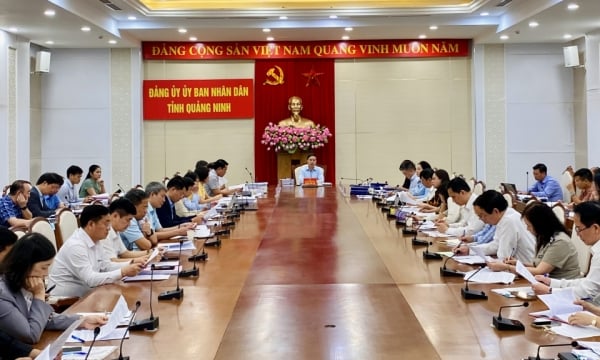
![[Photo] Summary of parade practice in preparation for the April 30th celebration](https://vstatic.vietnam.vn/vietnam/resource/IMAGE/2025/4/11/78cfee0f2cc045b387ff1a4362b5950f)










































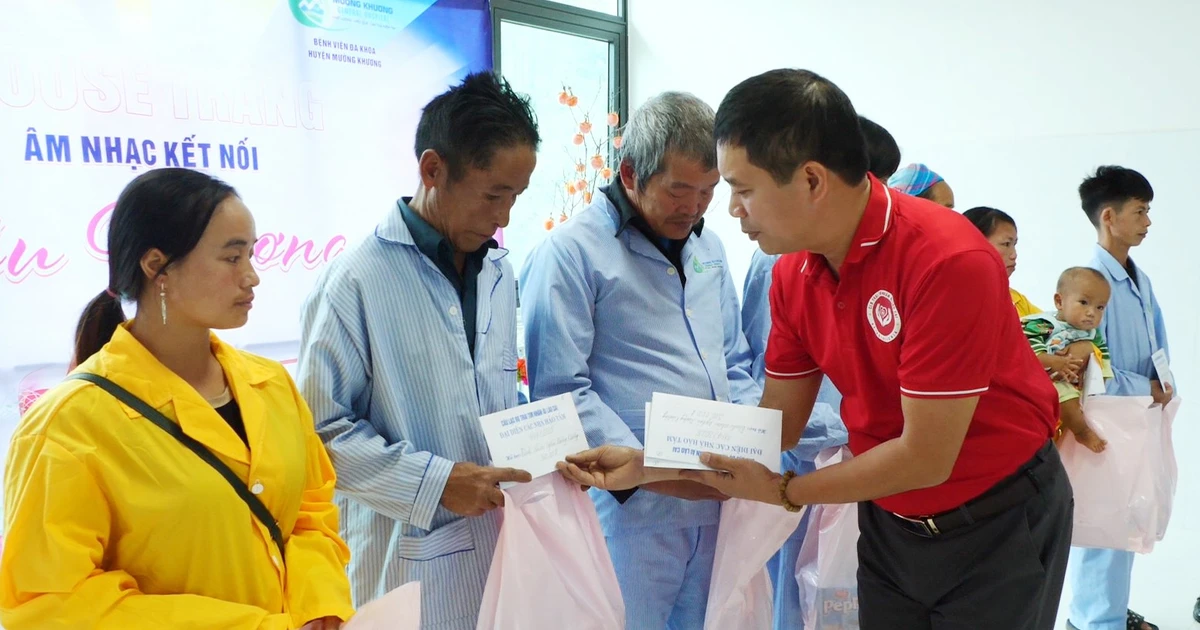
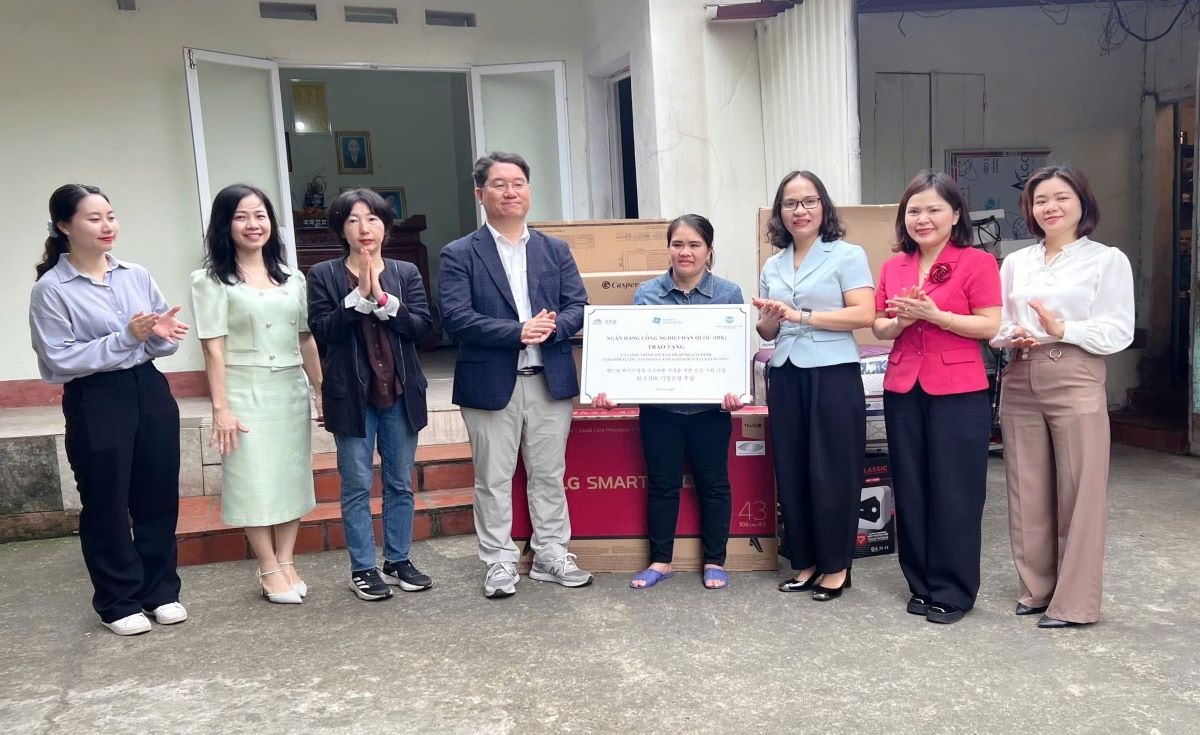

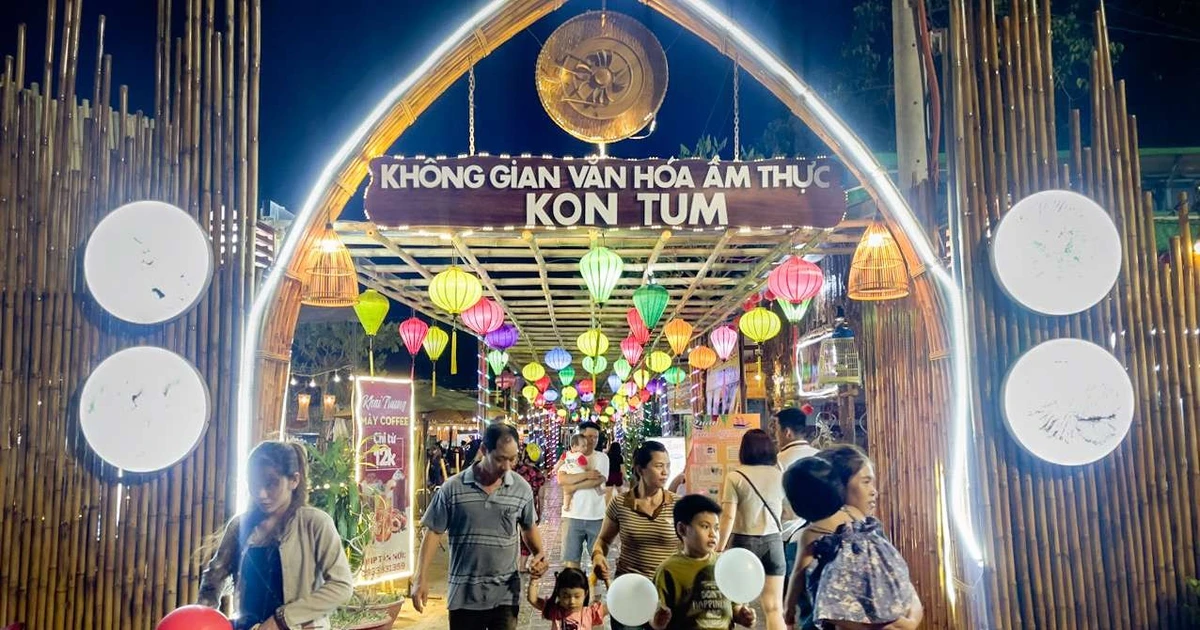

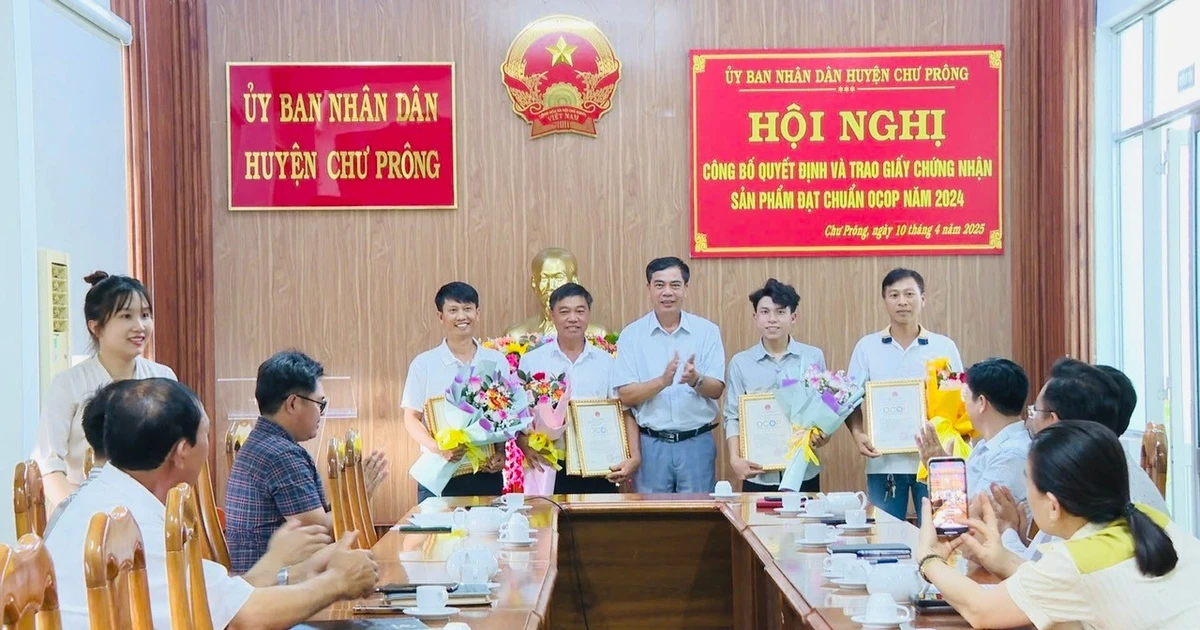











Comment (0)